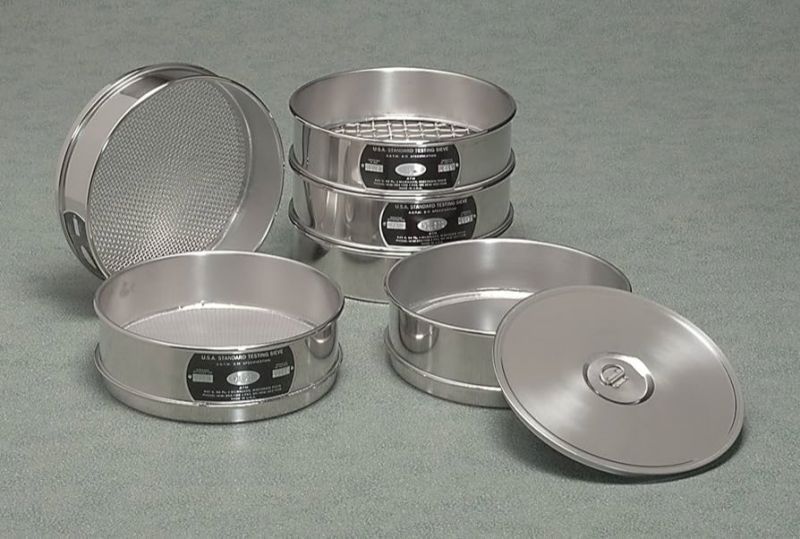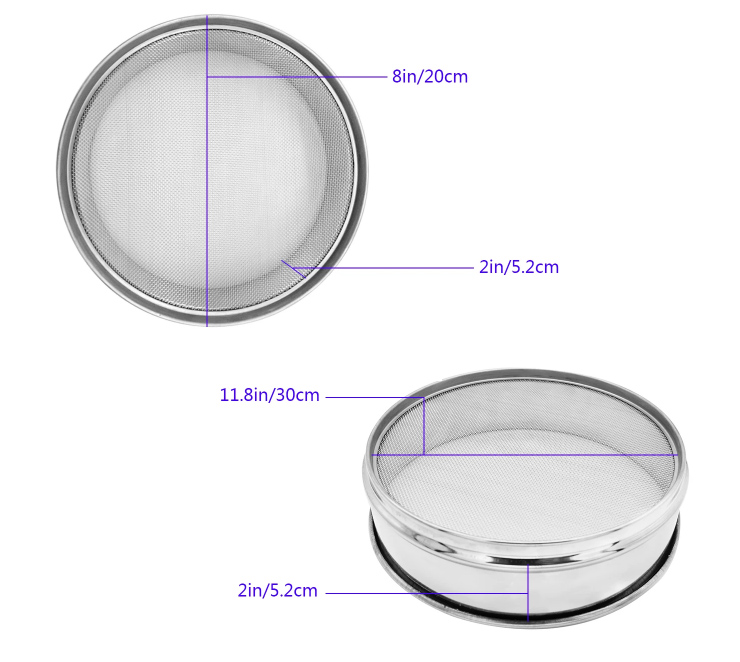The lab sieve test is a commonly used method for measuring the particle size distribution of granular materials such as soil, sand, and aggregate. Through particle size measurements using the Lab Sieve test, the content and distribution of particles of different particle sizes in the material can be understood, providing an important reference for engineering design and material evaluation.

The principle of lab sieve testing is based on the physical force between particles, and the pore size of the sieve is used to separate materials according to particle size. Larger particles cannot pass through a screen with a smaller pore size, while smaller particles can pass through a screen with a larger pore size. Through a series of screens with different apertures, materials can be classified according to particle size to obtain a particle size distribution curve.

The steps for lab sieve testing are as follows:
Prepare samples: Obtain representative samples from the field or laboratory and perform necessary sample processing, such as removing impurities and organic matter. Ensure sample quality and representativeness.
Prepare the screening unit: Select the appropriate screen combination and install the screens on the screening unit. Make sure there are no holes and gaps between the screens.

Weigh the sample: According to the test requirements, weigh a sample of a certain mass and record the mass. The quality of the sample should be determined based on the test requirements and material properties.
Screening: Pour the weighed sample into the screening device, cover the device, and start the vibration device for screening. The screening time can be adjusted as needed.

Weigh the screened particles: After screening, collect the particles on each screen and weigh them. Record the particle mass on each screen.
Calculate particle distribution: Based on the particle mass on each screen, calculate the percentage and cumulative percentage of particles. Draw a particle distribution curve to reflect the particle size composition and distribution of the material.

Lab sieve testing is widely used in engineering practice. It can be used to evaluate the particle composition of soil and provide basic data for soil engineering design. In the mix design of concrete and asphalt concrete, laboratory screening tests are used to determine the particle size distribution of aggregates to ensure the mechanical properties and workability of the concrete. In addition, laboratory sieving testing can be used to study the physical properties of granular materials, screen for suitable filter media and fillers, and evaluate the flow and permeability of materials.

Address:China,Yanjin county forest park gate to the west 1000 meters north road.